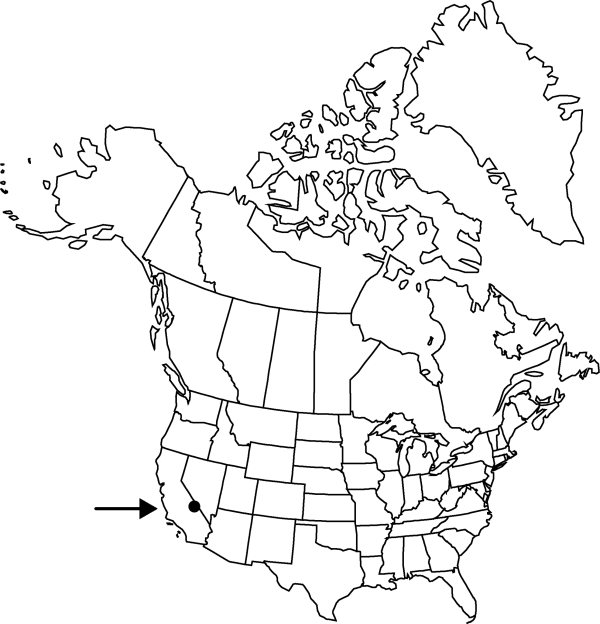Difference between revisions of "Nitrophila mohavensis"
Aliso 3: 112, figs. 1–3. 1955.
imported>Volume Importer |
imported>Volume Importer |
||
| Line 55: | Line 55: | ||
|publication year=1955 | |publication year=1955 | ||
|special status=Endemic;Conservation concern | |special status=Endemic;Conservation concern | ||
| − | |source xml=https:// | + | |source xml=https://bitbucket.org/aafc-mbb/fna-data-curation/src/2e0870ddd59836b60bcf96646a41e87ea5a5943a/coarse_grained_fna_xml/V4/V4_479.xml |
|genus=Nitrophila | |genus=Nitrophila | ||
|species=Nitrophila mohavensis | |species=Nitrophila mohavensis | ||
Latest revision as of 21:58, 5 November 2020
Stems 3–10 cm, base often buried with long internodes and scalelike leaves, above-ground portion densely leafy with overlapping leaves. Leaves of main stems often auriculate-clasping at base; blade flat (not terete) with keel-like midrib, broadly ovate, 2.3–4(–4.7) × 2.5–3.5 mm at base, apex mucronate or apiculate. Inflorescences solitary, sessile flowers. Flowers: perianth segments erect, pinkish, ovate, 2.3–3.5 mm; stamens included; filaments shortly connate basally; style equaling stigma branches. Utricle concealed by persistent calyx. Seeds black, ca 1.2 mm, shiny.
Phenology: Flowering spring–fall.
Habitat: Moist alkaline soils
Elevation: 600-750 m
Discussion
Of conservation concern.
Nitrophila mohavensis is endemic to the Amargosa Desert and occurs with Distichlis stricta, Cordylanthus tecopensis, and Cleomella brevipes.
Selected References
None.
